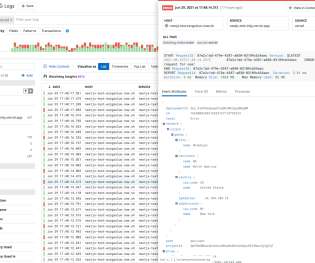Seamlessly Swapping the API backend of the Netflix Android app
The Netflix TechBlog
SEPTEMBER 8, 2020
We went from an essentially serverless model in a monolithic service, to deploying and maintaining a new microservice that hosted our app backend endpoints. This allows the app to query a list of “paths” in each HTTP request, and get specially formatted JSON (jsonGraph) that we use to cache the data and hydrate the UI.













Let's personalize your content